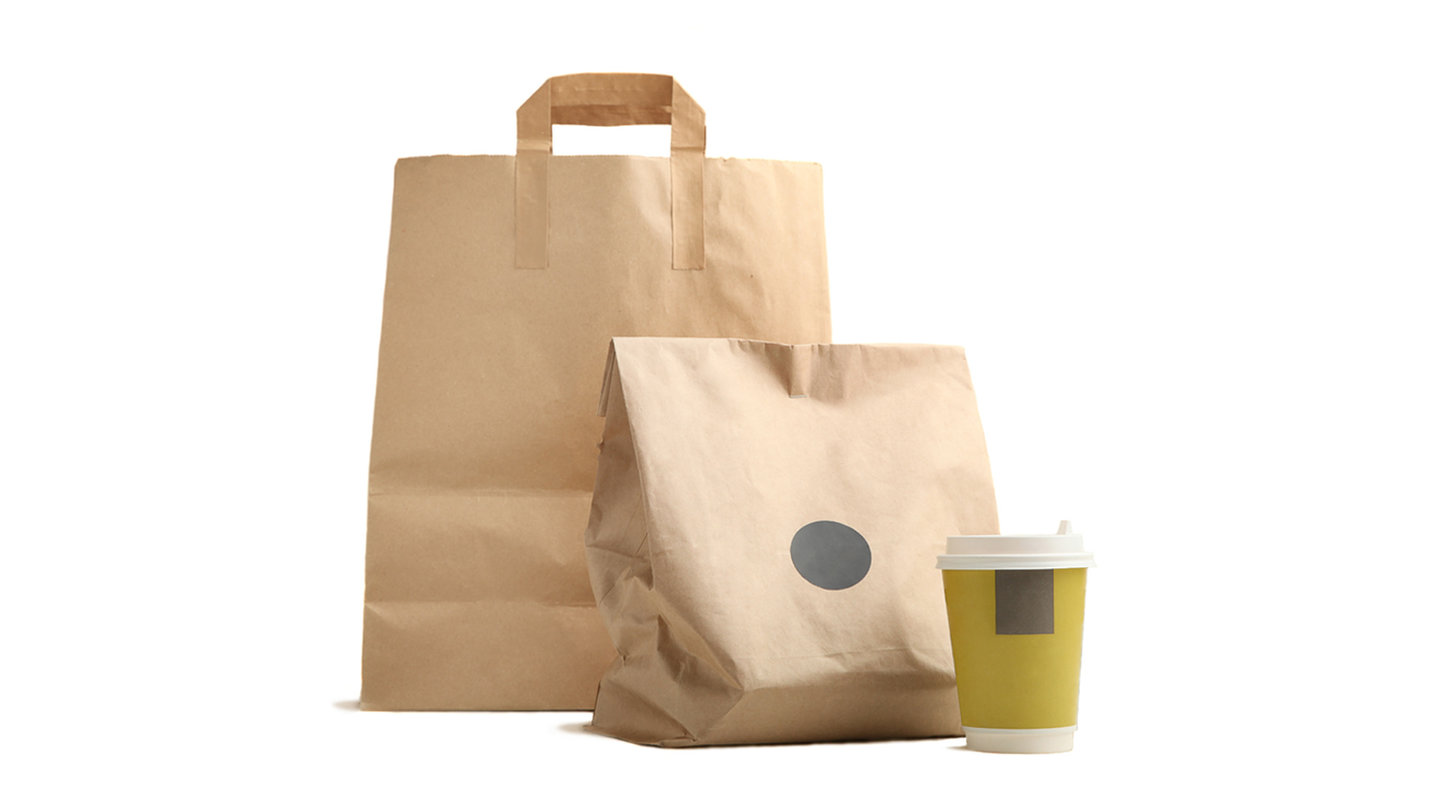We are living in a time of extraordinary change. Awareness of the effect of packaging on the planet and its resources is significantly heightened compared to a decade ago, and there is a real social and political will to create change for the good. The way we live and shop is changing and while we want more choice and convenience, we also want a lower impact on our planet. In order to achieve this, it’s important to understand where packaging challenges stem from and how we can tackle them head on.
The tipping point: UK recycling rates hit growth plateau
Our busy lifestyles and home shopping habits currently create more waste than ever before and the UK’s waste management and recycling infrastructure hasn’t kept pace. According to The Tipping Point, DS Smith’s whitepaper on the state of recycling in the UK, household recycling increased by 235% between 2000 and 2010, but since then the rate of growth has plateaued.
Budgets for recycling services at local authorities in England have fallen an average of 10% over the past five years and many consumers don’t know what they are able to recycle via kerbside collections. There is a lack of consistency between different local authorities and a lot of confusion because packaging often contains more than one material and isn’t clearly labelled.
This is leading the UK to a crisis point, and unless drastic action is taken, the UK will fall short of its 2035 recycling targets by more than a decade. Bringing about change will require a significant effort from consumers, manufacturers, retailers and politicians. The positive is that, in terms of packaging design, there are a number of simple changes that brands can make to improve the sustainability and recyclability of their packaging.
Putting sustainability first: finding creative solutions to plastic substitution
Over 20 million tonnes of plastic packaging is produced in Europe each year and despite the public’s increasing willingness to reduce their plastic consumption, a huge amount is still polluting our oceans or being sent to landfill.
Due to the lightweight properties of plastic, and the low price of manufacture, this material has proliferated in the single-use and disposable segments where price points are crunched. It has long been a solution for packaging and will continue to have an important role to play. However, industry must continue to look at more easily recycled alternatives with better recycling infrastructure, such as corrugated packaging, which on average contains 88% recycled content.
80% of interviewees identified addressing single-use plastics as a top priority for improving packaging sustainability
Meanwhile, 80% of interviewees in our recent Transforming the Supermarket Aisle report identified addressing single-use plastics as a top priority for improving packaging sustainability. However, it is not a simple discussion. We see many customers struggling to identify solutions. The carbon impact of food waste, for example, is often greater than that of the plastic packaging that prevents food waste.
But with the recycling rate of paper-based packaging in the EU being double that for plastic packaging, we need to be creative, and accelerate the substitution process. Corrugated materials are usually able to match the structural capability of plastics, with the added benefit of attractive print and limitless customisation to deliver on brand identity for our customers.

Consider corrugated: fibre-based alternatives to plastic
We believe there are five distinct areas of the supermarket aisle where immediate action could be taken to replace plastic with fibre-based alternatives. These changes would result in an estimated reduction of more than 1.5 million tonnes of plastic per year or over 70 billion plastic units, according to new research conducted in conjunction with White Space.
These areas include plastic on-shelf display trays, fresh produce punnets, shrink wrap, ready meals and meat, cheese and fish packaging. To give an example, DS Smith was asked to develop and produce an alternative for its conventional snack tomato plastic punnets. The solution had to be highly convenient, protect the fragile fruit inside, provide maximum product visibility and be fully recyclable/biodegradable.
The result was the TOMA’BOX - a practical tomato dispenser that comes in a 1kg corrugated box. The packaging solution is made entirely of bio-based materials, is recyclable, and offers consumers extra functionalities in comparison to traditional pack solutions.
Placing circularity at the heart of business practice
We all have a responsibility to continue to drive innovation in the industry and adopt materials that are not just recyclable in theory, but also recycled in practice. We must also look to accelerate the move towards the circular economy, working with organisations such as the Ellen MacArthur Foundation.
By ensuring this is at the heart of everything we do, we will be able to meet and exceed the expectations of increasingly environmentally conscious consumers and ensure we’re reaching crucial recycling targets.